
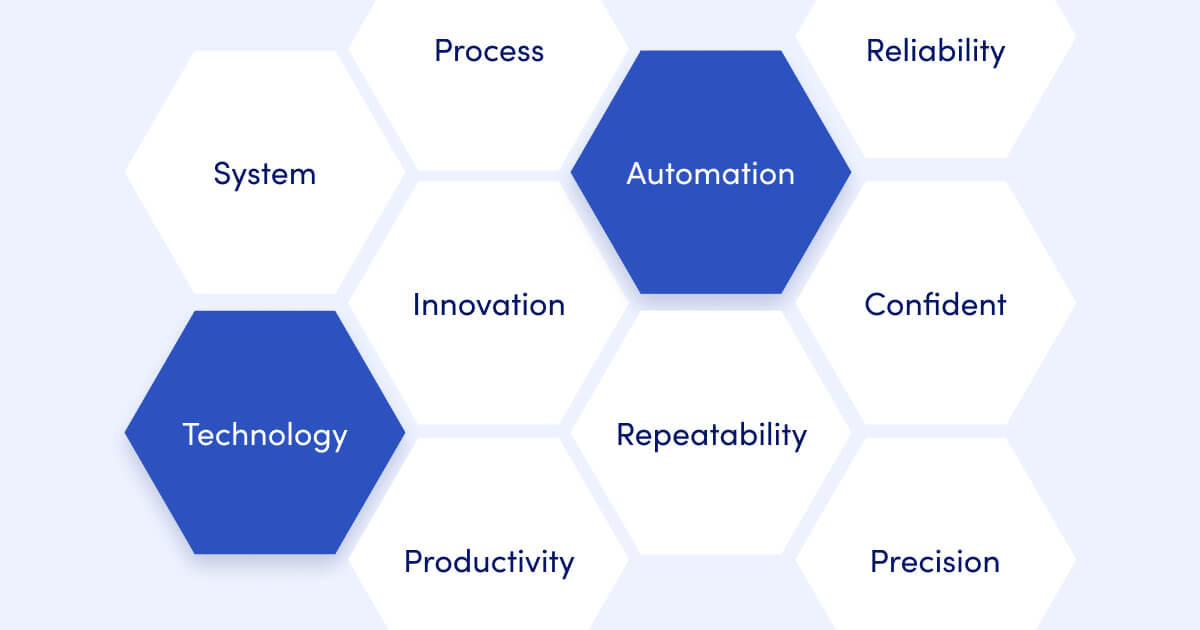
What is test automation?
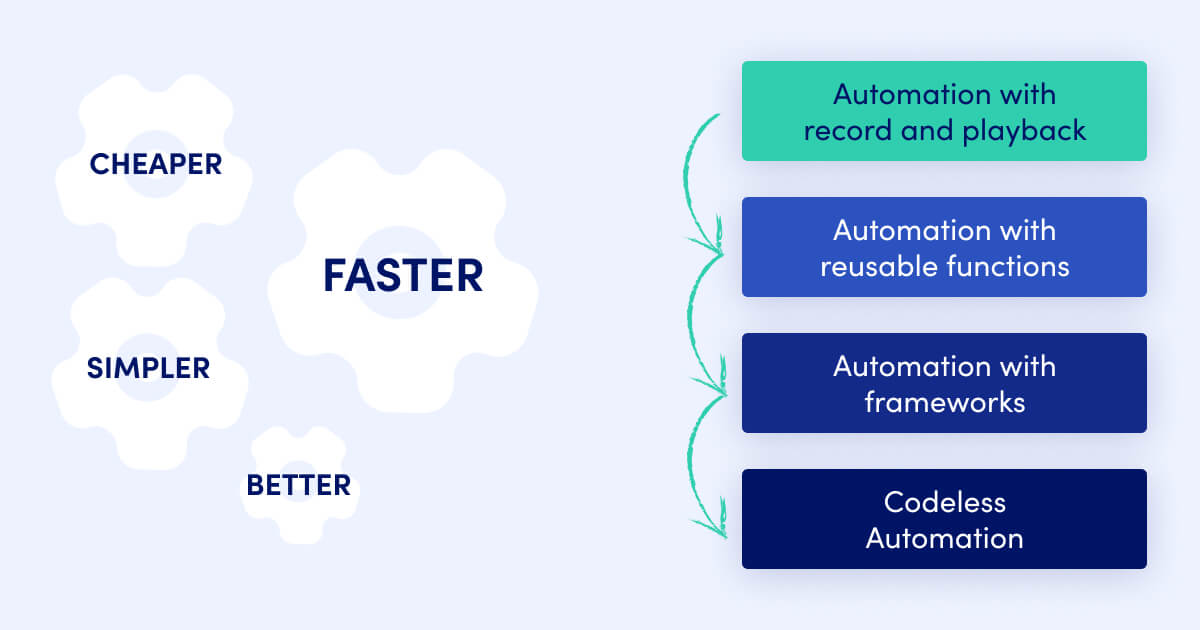
What are the benefits of automation testing?
Automation has the most value where you can develop an automated test suite and then run it multiple times. Let’s take a closer look at the most commonly mentioned benefits of automated testing.
Time efficiency
The most obvious one – time reduction. The agile process with the use of test automation tools allows the software features to be delivered much faster. Software testing – if done manually or with incorrect testing tool – is considered by many the largest bottleneck to speed the delivery process. Inefficient testing accounts for most of the delay in the overall development process. In order to remove this obstacle, testing is not being automated everywhere it can be to speed up the release of the product and shorten the build time.
Higher test coverage
Automated testing – contrary to manual testing – does not put any limits on the number of tests which you can verify in your project. Automation speeds up writing tests and adds these to your automated test suites. This means higher test coverage for your tested product and more features that are tested. As a result, you can ensure higher quality of your application. Moreover, test automation enables developing teams to create more in-depth tests for testing more complex use cases. Lengthy tests (which are not really feasible for manual testing) can then be run completely unattended.
With automation testing, it is estimated that by executing end-to-end regression testing, you can expand the test coverage up to 90%.
Improved accuracy
Manual testing comes with a high risk of making mistakes. Human error is inherent in the testing, whether we are talking about more or less experienced testing engineers. The chances of human error increases the more complex use cases become. Automation testing largely reduces the risk or erroneous releases. With minimal human intervention, test automation is much more accurate. Generated test cases are more precise that those prepared by human testers and this means a low risk of product failure. The production bug is estimated to go down by 80% thanks to test automation.
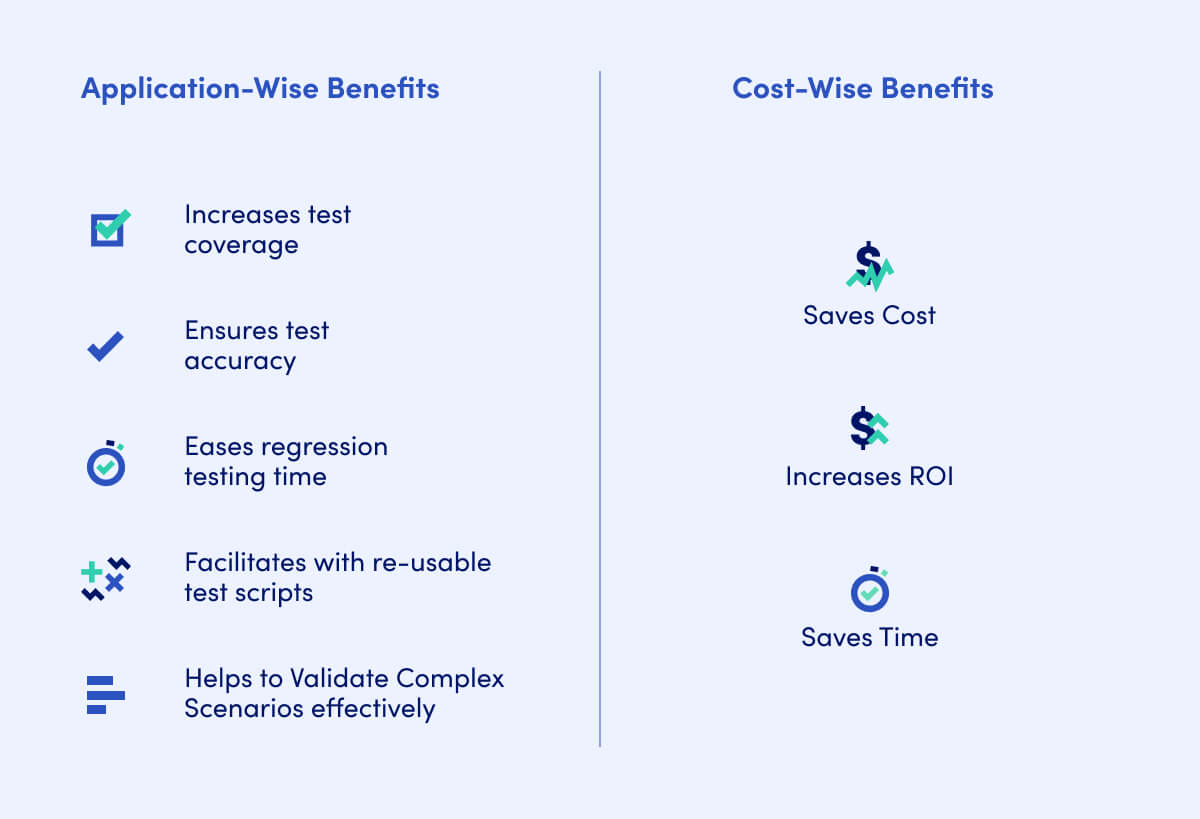
Early bug detection
It goes without saying that automation testing makes it much easier to detect most critical bugs, particularly in the initial phases of software development. This helps to reduce the costs and time and effort of the team working on end to fix the defects. Early bug detection means increased efficiency of the testing and developing teams, too.
Higher scalability of test cases
Manual testing requires a lot of resources and considerable time investment. And this scales up the projects. Contrary to test done manually, automation testing increases the scalability and it does not impact the delivery timelines. Scaling means simply adding more test executors to the test automation framework.
Fast development and delivery
Benefits of automated testing are most obvious in terms of money and time saved. Automation testing allows you to complete tests swiftly and then run them repeatedly. Thanks to the fast test execution and test repeatability, test automation increases the speed of development. What this means is that you benefit from a shorter development cycle, more frequent releases and quicker changes and updates to software.
It is estimated that automated testing enables companies to deliver high-quality applications at least 3x faster.
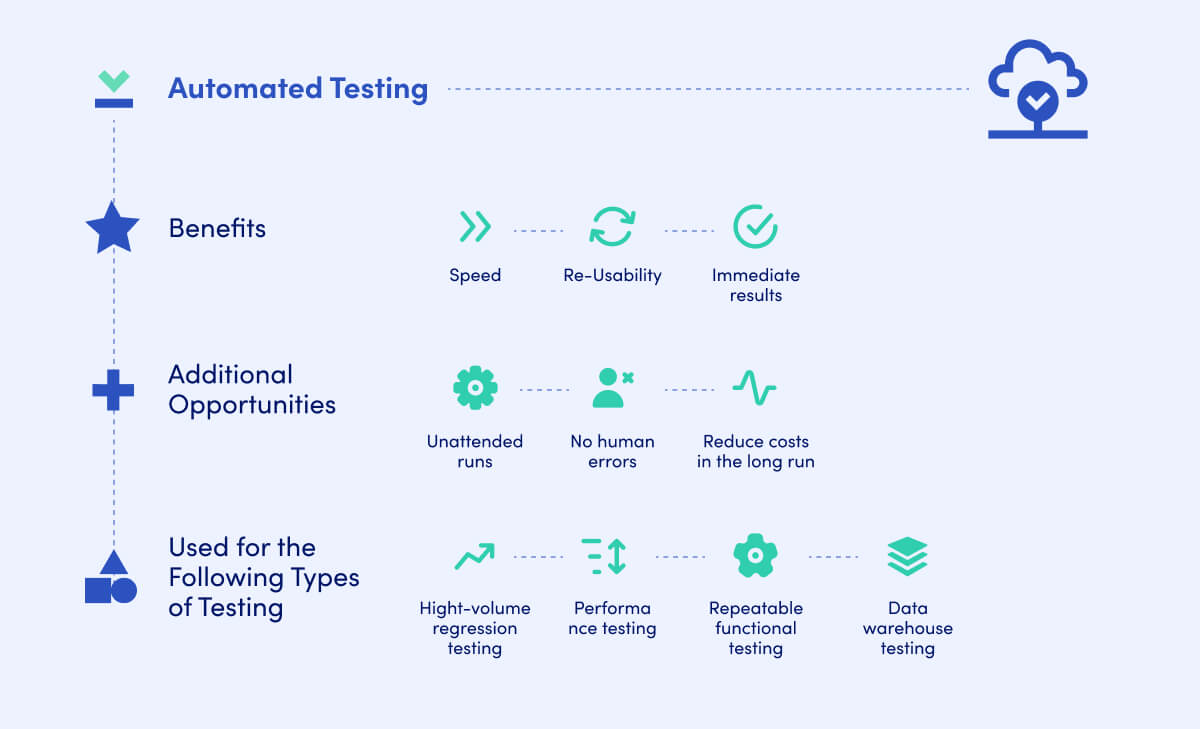
Test script reusability
Manual testing can be strenuous – particularly the regression testing – can be really tedious. Testing every code change, writing and rewriting scripts and then running them again is a waste of time if done manually. No-code test automation enables you to create reusable tests which can then be executed unlimited number of times as and when required, with no additional costs or human effort. Even better if your automated testing tool offers a possibility to use pre-built keywords.
Once you have defined your test automation suites, you can freely reuse the tests, also for other testing projects. This means that you might also benefit from replicating this knowledge to set up your test automation for another testing projects.
Valuable insights
With test automation, you can gain much better insight than with manual testing. If tests fail, test automation gives you insights into the application and also shows file contents, memory contents, data tables and other stats. Thanks to this, developers can determine much more accurately what has gone wrong and analyze each defect in detail.
Powerful test reporting
Reporting in manual testing is extremely inefficient and cumbersome. Automation testing lets you get away with continuous updating of the test scripts and the bug reports. Reporting is seamless ad powerful. You get comprehensive testing results and you can deliver those results in any format you need. Moreover, you can document the execution of every step in the test script which speed up the identification and fixing of errors.
Faster feedback
Instantaneous feedback is another one among the benefits of test automation. With faster test execution, developers receive their test reports instantly. This is why whenever a test fails, developer can start working on the defect straight away. Depending on manual testing solely slows down the whole defect detection process, especially when there is an urgent update or a bug that needs immediate attention. Automation testing improves team responsiveness and, at the same time, bring the user experience to another level.
Better built stability
Test automation is valued for helping better determine the stability of the build. With automated tests, you can generate smoke test quickly and prepare the right databases instead of doing the manual input. This saves a lot of time in determining the stability of the build which means the product can be released much faster.
Improved team’s morale
Apart from technical advantages, it is worth considering human factor, too. And testing teams benefit from automation a lot. It takes away the burden of repetitive and mundane tasks which frees employees to focus on more creative project work, brainstorming, etc. Bu changing their responsibilities, test teams becomes more productive and innovative. Test automation also enables QA teams to execute manual testing tasks more efficiently (e.g. usability or exploratory) and run ad-hoc tests where automation is not important.
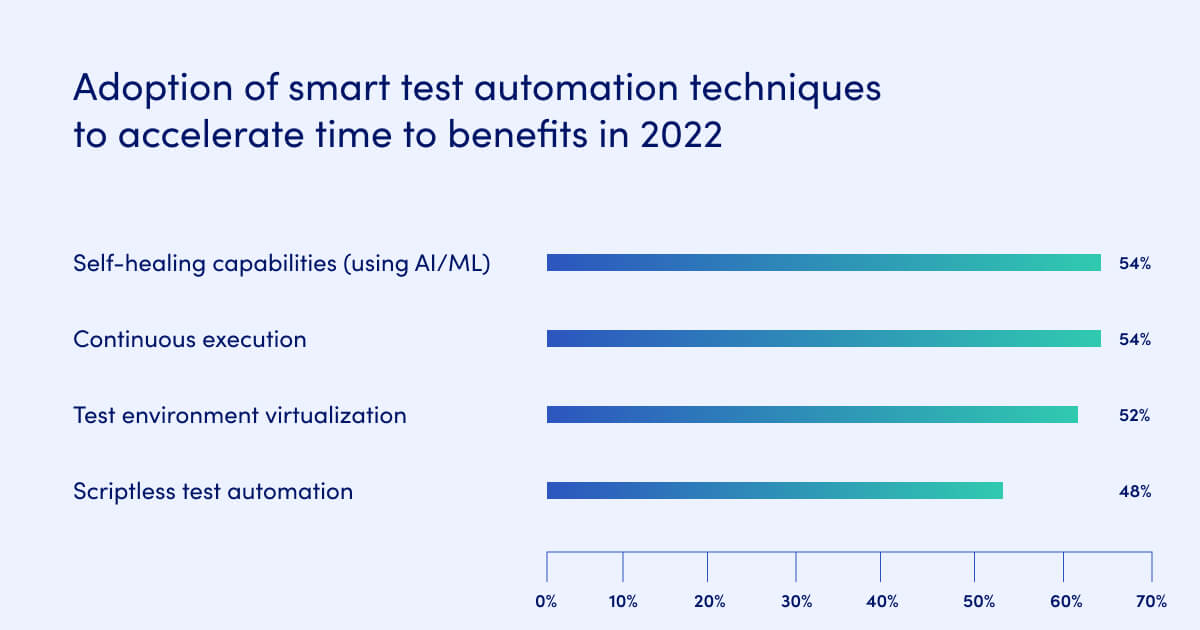
Better ROI
Return to Investment is one of the most significant considerations when it comes to weighing down the benefits of automated testing. Manual testing takes up extremely long to launch a software product to market. With automation testing, you shorten the release time and launch a bug-free product using fewer resources. This maximizes ROI for business. Another important factors that impact ROI are faster regression cycles, lower cost to manage the automation framework design, the lower number of test cases in every build and better guaranteed stability of the product.
Faster time-to-market
For the majority considered a key benefit (according to 69% of 2022 WQR survey respondents), a reduction of test cycle time is a very significant result of test automation. Apart from the test project cost savings, you get faster time-to-market. With an automated testing tool, you get the possibility to continuously test newly developed features and validate them whenever you need to. This means that the testing and feedback cycle is shorter and the companies much more quickly get their products to the market.
